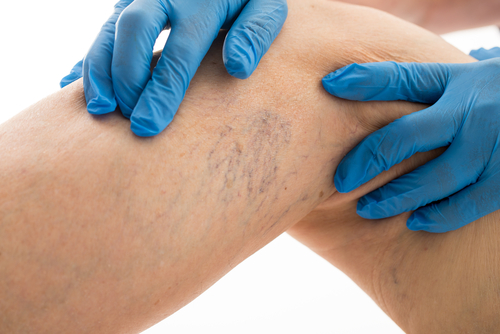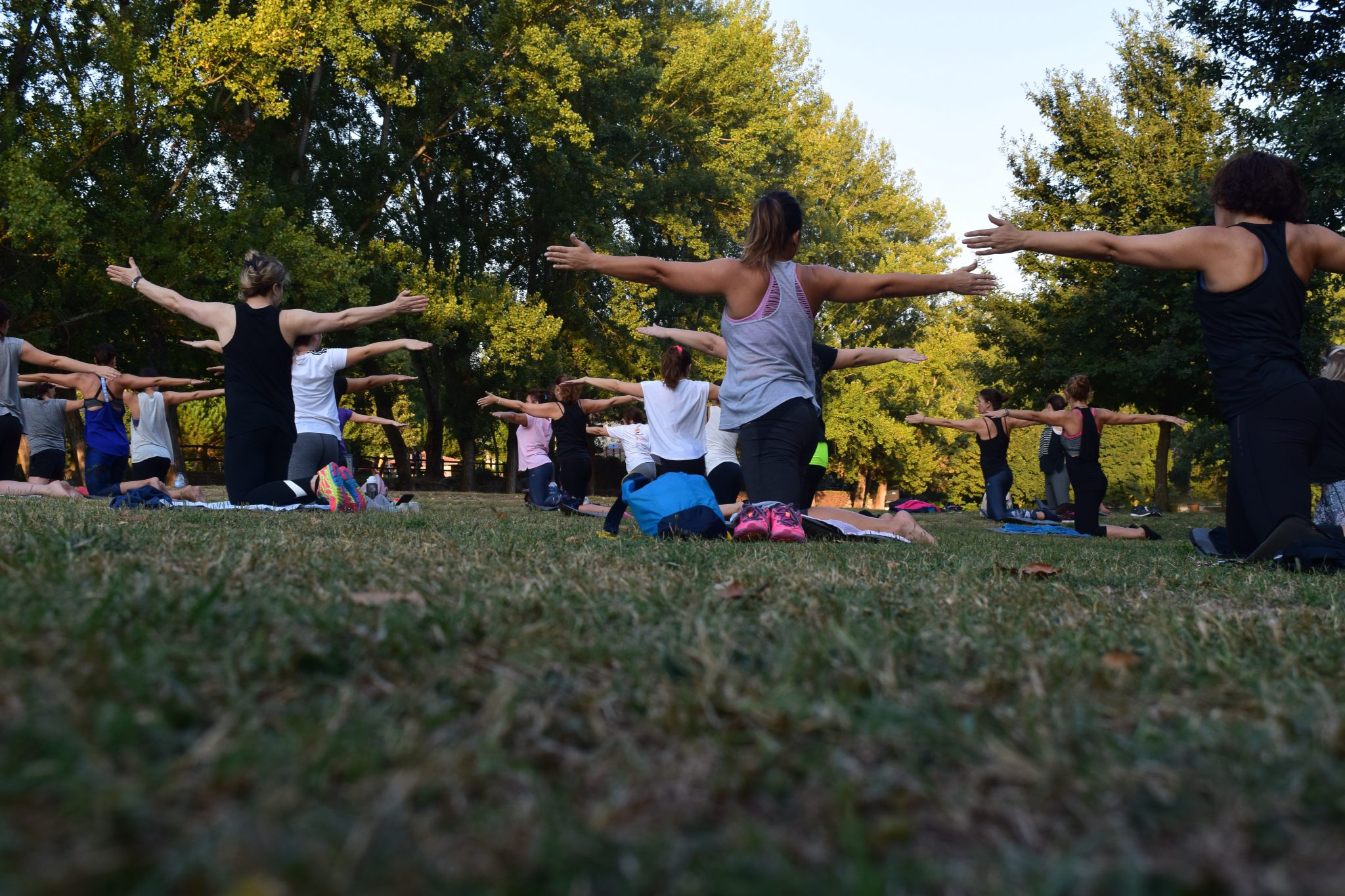Early Signs of Venous Insufficiency
The vein is an important component of the human anatomy and, as such, should be treated with care amongst other delicate organs; a bad vein could lead to death as well as heart failure.
What is Venous Insufficiency
Venous Insufficiency is a disease that occurs when there is no flow of blood from your legs to your heart; because the vein of the legs does not allow it. On a normal day, the valves in your vein make sure that blood flow to the heart. However, in some instances, it flows backward instead of forward. As a result of the blood flowing backward, blood could pool at your legs.
Causes of Venous Insufficiency
There could be a lot of reasons why venous insufficiency would affect an individual. However, there are common signs that are used to infer the causes.
Obesity: Someone who is overweight is more likely to get the disease than some who are not overweight. This is because of the unbalance in the fat of the person’s body, which could easily make the blood in your vein flow backward.
Family history: When you have a history of a family member suffering from venous insufficiency, there is a chance that you are also likely to get it. This is genetic and is something you have almost no control over; if it would happen to you, it would, and if it won’t, it won’t.
Pregnancy: Pregnancy can also be a cause of venous insufficiency. When a woman is pregnant, the weight of her body could lead to the swelling of her legs. Because of this swell, the blood flowing through the veins in her legs could flow backward.
Blood Clot: A blood clot in a deep vein on your legs could damage a valve, also called deep vein thrombosis. A lack of exercise could cause this to happen because when you exercise, blood pumps to the heart due to the expenditure of energy; this, in turn, is the flow of blood to the heart. However, when you are not exercising or do not exercise, it could cause Venous insufficiency to happen to you.
Sitting or Standing for an extended period: Sitting or standing at a particular spot for a very long time could also cause venous Insufficiency to occur. This is because the inaction associated with staying at a spot for a long while and the pressure that would be raised could weaken the valves.
Gender and Age: It is said that women are more likely to have venous insufficiency as compared to men. Also, if you are obese, over 50 years of age, and are someone with a history of blood clots, there are chances that you could get the disease.
Smoking: If you are a heavy smoker, there are chances that you stand to get the disease.
The swelling and inflammation of a vein close to the legs; phlebitis could cause Venous insufficiency.
Symptoms of Venous insufficiency
There are a couple of symptoms to look out for when it comes to venous insufficiency. These symptoms are what you would use to know, most times as a sign that you could have the disease.
Swelling: If you have the disease, you might notice heaviness or swelling, especially in your lower leg and ankle. When you have this, there is a chance that you have got and it would be best that you visit your doctor to start treatments immediately.
Presence of varicose veins: Veins, a blood vessel for carrying blood and an integral part of the circulatory system, can become big with pools of blood when they fail to circulate the blood they are meant to properly. The visible veins on the skin are known as and called varicose veins. When you have this, you could be suffering from venous insufficiency.
Pain in the ankles: When you begin to experience painful feelings and tightness in your ankles or calves, and the feeling of itchiness with a painful leg. It might be that you are suffering from the disease, and you should meet your doctor for further diagnosis to ascertain what truly it is.
A restless leg syndrome, the urge to always move your leg, and the uncomfortable feeling associated with this, together with a painful leg, could be a sign that you have Venous insufficiency.
Diagnosis of Venous Insufficiency
The vein is susceptible to various deficiencies, with chronic venous insufficiency (CVI) included. To diagnosis this, a test would need to be carried out. Your doctor will also have to perform a physical examination and discuss your medical history with you. During the physical examinations, your doctor would have to examine your legs using a duplex or vascular ultrasound.
Ultrasound images help give visualized pictures and images of tissue structures, in this case, the vein, and are used to detect blockage in blood vessels. An ultrasound test takes about 30 to 100 minutes to complete.
During the vascular ultrasound test, a small hand-held device, known as a transducer, would be placed over the skin of the location of the vein to be examined. This device then emits sound waves that are captured and used to form images of the area where the device was located, which is displayed on a monitor.
After this has been done, the doctor would then begin treatment of the affected area based on the analysis of the images which were produced on the monitor’s screen.
If you notice any of these symptoms early enough, do not hesitate to meet your doctor immediately because, if left unchecked could lead to an ulcer of the leg, which is very hard to treat and can lead to other health complications.
Treatment of Venous Insufficiency
After a diagnosis has been made, your treatment plan would be based on a couple of factors as:
- Your medical history
- The severity of your case
- The ability for you to handle certain treatments
When these factors have been considered, your doctor would then begin treatment to help the blood in your leg flow better. Some steps include:
• Compression stocking
They put pressure on the affected area of your leg in order to help the blood flow. This stocking comes in different length, tightness, and styles. However, your doctor would be responsible for choosing exactly what is needed in your case.
• Exercise
Depending on how serious your case is, your doctor would recommend certain exercises to you that would help the blood in your affected area flow. Although not one of the strongest suits for treatment, it might be recommended to you depending based on how serious your case is.
• Prescription
After examining your case and reaching a decision, your doctor might offer medicine, antibiotics to help your leg heal faster and to prevent it from deteriorating into an ulcer or a blood clot.
• Surgery
Depending on the severity of the condition, your doctor might suggest a medical procedure to operate on the affected vein to fix it.
Summary
Now that we have gone through the early signs and symptoms of chronic venous insufficiency, you should be able to tell when you begin to see signs if you are suffering from the disease or not. Or, better still, when you notice these signs, visit your doctor. If you suspect that you suffer from CVI, chronic venous insufficiency, you should schedule an appointment today to get examined.





